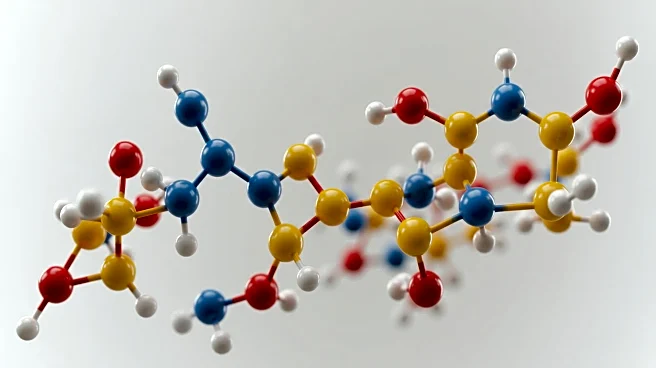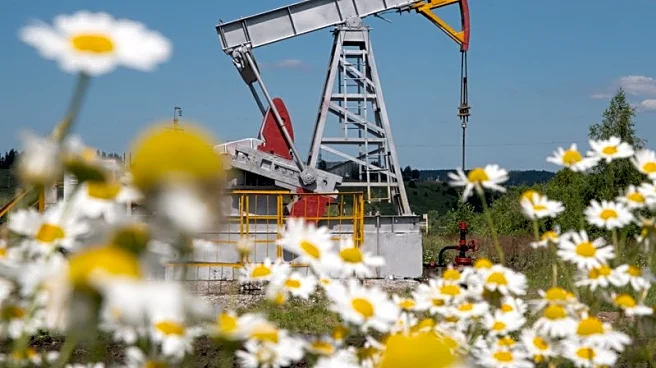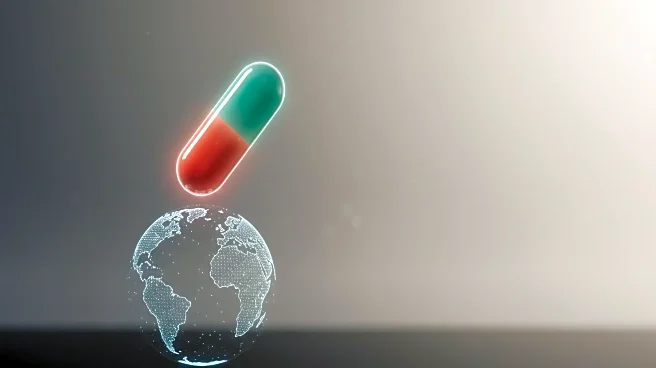What is the story about?
What's Happening?
Market IntelliX has published a comprehensive report detailing the growth projections for the global M-Toluidine market. The report estimates the market value at US$ 44.28 million in 2023, with expectations to reach US$ 52.43 million by 2030, reflecting a Compound Annual Growth Rate (CAGR) of 3.57% during the forecast period from 2024 to 2030. The study highlights regional market sizes, including Europe and China, and segments the market by type and application. Key players in the industry, such as Lanxess and Deepak Nitrite, are profiled, and the report discusses technological trends and new product developments. The report aims to assist manufacturers and industry-related companies with insights into revenues, production, and pricing across different segments.
Why It's Important?
The growth of the M-Toluidine market is significant for several industries, including pharmaceuticals, dyes, and agrochemicals, where M-Toluidine serves as a vital intermediate. The projected increase in market value indicates expanding demand, particularly in Asia-Pacific regions like China and India, which are leading in chemical production infrastructure. The report's insights into technological advancements and competitive landscape can guide strategic decisions for companies looking to expand their production capacity and innovate to meet rising demand. Additionally, the focus on eco-friendly and sustainable trends aligns with global environmental norms, potentially influencing industry practices and regulatory compliance.
What's Next?
Manufacturers and industry stakeholders may focus on expanding production capacity and investing in innovation to enhance efficiency and reduce environmental impact. The report suggests that companies might adopt greener synthesis routes to align with environmental norms and meet the demand for sustainable dyes and chemical intermediates. As regulatory scrutiny increases due to the toxicity and potential carcinogenic effects of M-Toluidine, companies may need to navigate compliance costs and operational complexities, particularly in stricter markets like Europe and North America.
Beyond the Headlines
The report highlights challenges such as regulatory and health concerns, which could drive up compliance costs and operational complexity. Additionally, raw material volatility and competitive pressure from emerging alternative intermediates may require innovation to maintain competitiveness. The industry's focus on sustainable practices and eco-friendly materials could lead to long-term shifts in production methods and market strategies.
AI Generated Content
Do you find this article useful?














